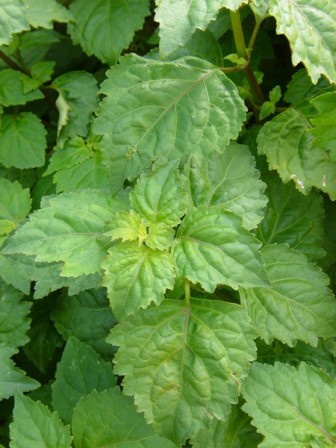Products

Patchouli

- Botanical Name: Pogostemon cablin
- Family: Mint
- Flowering and fruiting:
- Parts Used: Leaves
- Distribution: Cultivated throughout plain and humid area of Nepal
- Method of Extraction: Steam Distillation
Patchouli is a perennial species that thrives in warm, tropical climates.
| Specification of Patchouli | |
| 1. Organoleptic Properties | |
| Appearance | Clear Oily liquid |
| Color | Brownish orange reddish |
| Aroma | Woody, camphoreous, cooling, terpy and citrus with spicy nuances |
| 2. Physico-chemical Properties | |
| Specific gravity | |
| Optical rotation | -66 to -40 degree |
| Refractive index | 1.5020-1.5120 |
| Acid number | 4.0 |
| Ester number | 10 |
| Ester number after acetylation | |
| Solubility | |
| 3. Chemical constituent: | |
| Patchouli alcohol content 27-35 by GC | |
| 4. Uses | |
|
Patchouli oil has a grounding and balancing effect on the emotions and banishes lethargy, while sharpening the wits, fighting depression and anxiety. It is also said to create an amorous atmosphere. It is effective for fungal and bacterial infection and is of great help for insect bites. It could also be used as an insect repellant and is also used as a support for dealing with any substance addiction. With its excellent diuretic properties, it is effective in fighting water retention and to break up cellulite, easing constipation and helping to reduce overweight. Furthermore, it has a great deodorizing action, and helps when feeling hot and bothered, while cooling down inflammations and assisting with wound healing. On the skin, this oil is one of the most active and is a superb tissue regenerator, which helps to stimulate the growth of new skin cells. In wound healing, it not only promotes faster healing, but also helps to prevent ugly scarring when the wound heals. Patchouli oil is very effective in sorting out rough, cracked and overly dehydrated skin and is used to treat acne, acne, eczema, sores, ulcers, any fungal infections, as well as scalp disorders. |
|
